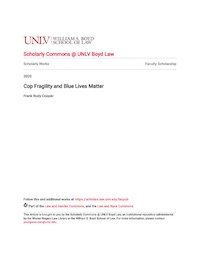By Lara Trautman
Long a bit player in the growing movement to reimagine the criminal justice system, prosecutors are finally entering the spotlight. Leveraging the tremendous authority of the office, they have begun to reshape the flow of criminal cases and nudge outcomes in a more productive direction. These early successes, however, should not obscure a broader truth: they cannot do it alone. Prosecutorial efforts can only realize their lofty potential for positive change with the active and enduring support of state legislatures. With unparalleled power over everything from charging decisions to plea bargaining, it may seem as though prosecutors could bend the justice system to their will without any assistance. Yet, the reality is much more complicated. For example, expansive charging and pretrial decision-making is relatively ineffective without the provision of strong alternatives to traditional prosecutorial pathways. Likewise, low funding can stymie individualized consideration of cases while poor data collection can get in the way of evidence-based policy. And here is where the legislature can and must step in. Only they have the power to remove many of these external roadblocks to constructive and beneficial prosecutorial action. Rewriting the law and adjusting appropriations can ensure that prosecutors have the tools, authority and discretion necessary to transform prosecution. Accordingly, this brief is offered as a guide for those legislators who wish to become allies in the prosecutor-driven reform movement by proposing specific actions legislatures can take to support prosecutors who are attempting to improve the criminal justice system in their jurisdictions
R STREET SHORTS NO. 88 April 2020
Washington, DC: R Street, 2020. 5p.





















